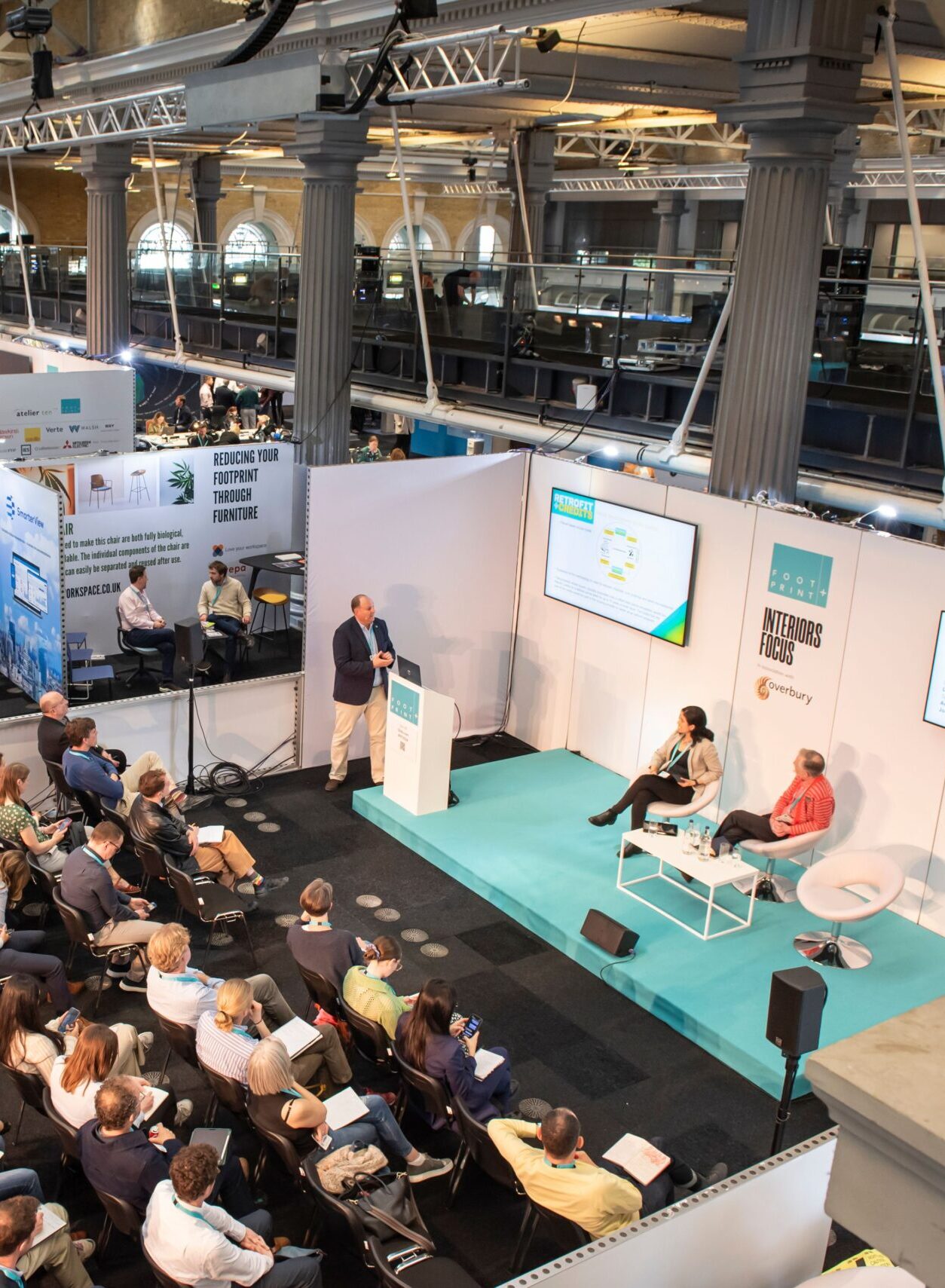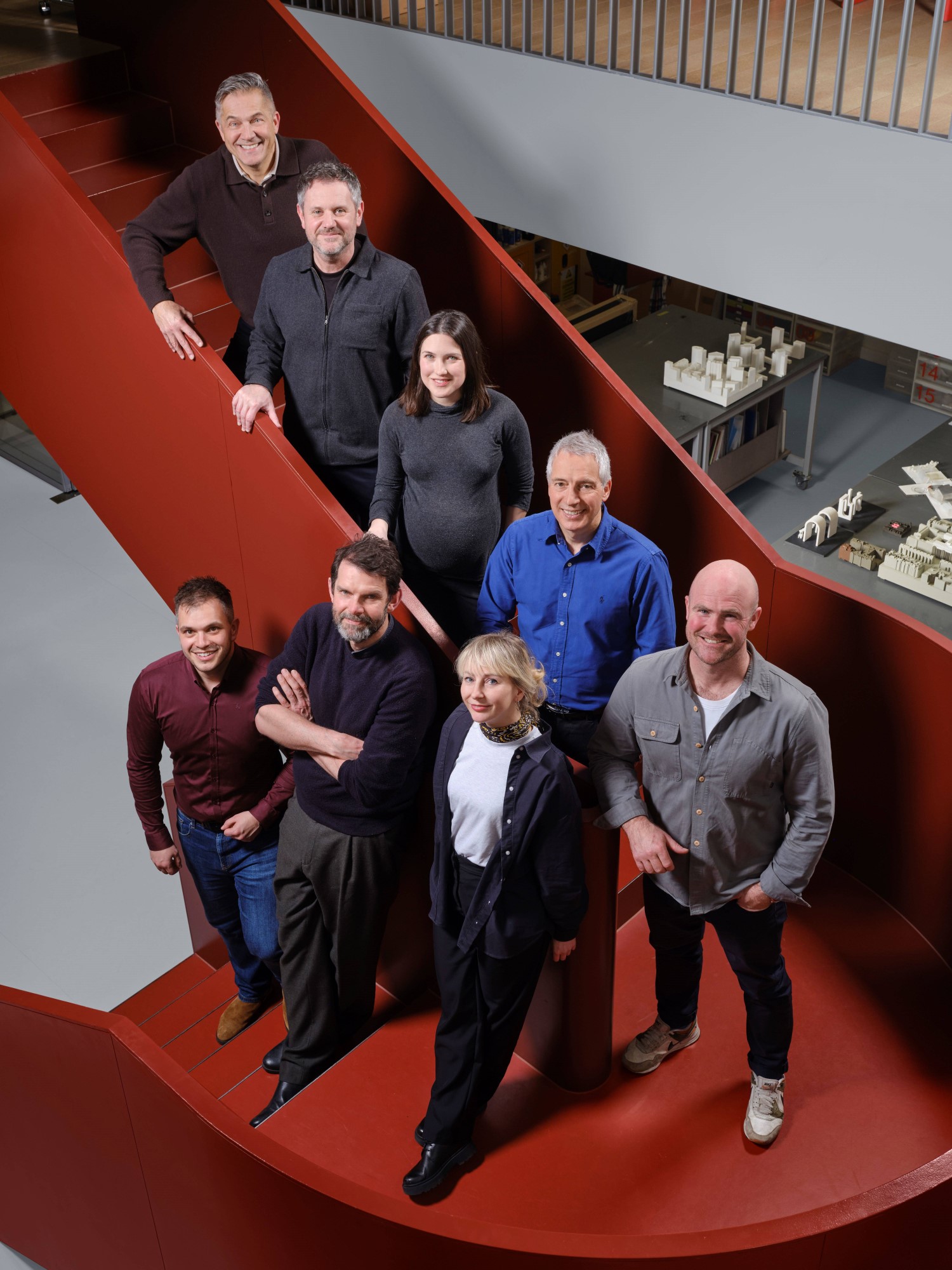As an industry, we have a lot of knowledge and resources about the carbon impact of materials and how to quantify this, but we still have a lot we must learn about other impacts they have on the environment/climate and how to monitor them — ecological impacts, land use, water use, pollution, biodiversity, etc;
Commercial tenants are demanding higher quality, greener buildings that have a more positive impact on staff wellbeing, helping to increase demand for sustainable buildings. There has been a 68% in take-up of recently built or refurbished office space this year, up from 40% pre-Covid;
Steel — the UK is currently a net exporter of scrap steel. An electric arc furnace in the UK will help offset our demand for virgin steel, although we obviously need to reduce demand generally as well. There’s hope for lower carbon steel beyond electric arc furnaces. Directly reduced iron or electrolytic iron are alternative lower carbon methods;
Building insurers and asset owners in the UK are beginning to assess the risk of climate change on buildings, particularly flooding and overheating. It is likely many existing buildings will need adaptations to become insurable in the future. New buildings will need to demonstrate more rigorously how they deal with climate change.
I also learned about the UK Green Building Council (UKGBC)’s Materials Map, which highlights where we source our materials from. Interesting to learn how far we go to source even sustainable construction materials.
— Dan Cole, Senior Engineer, Civil and Structural Team





